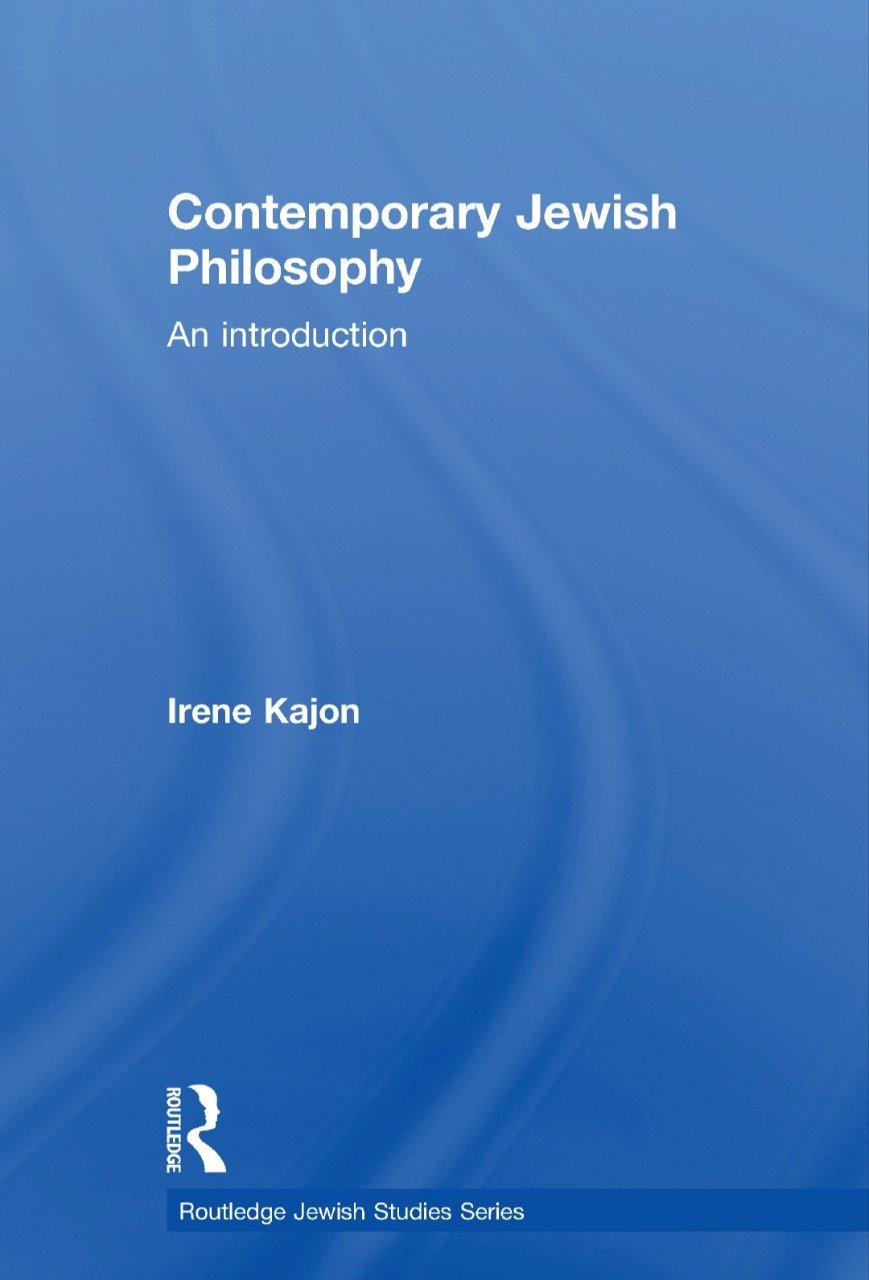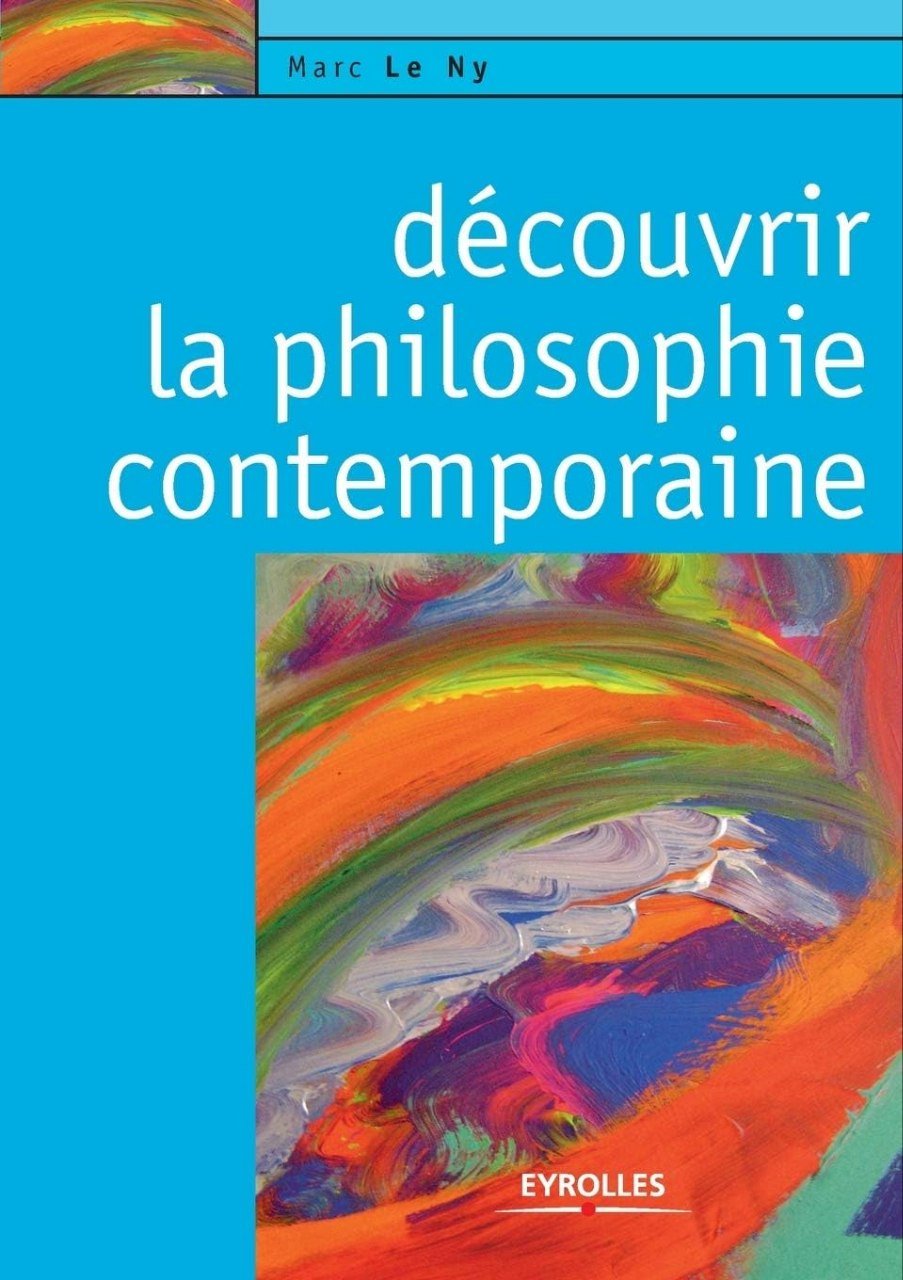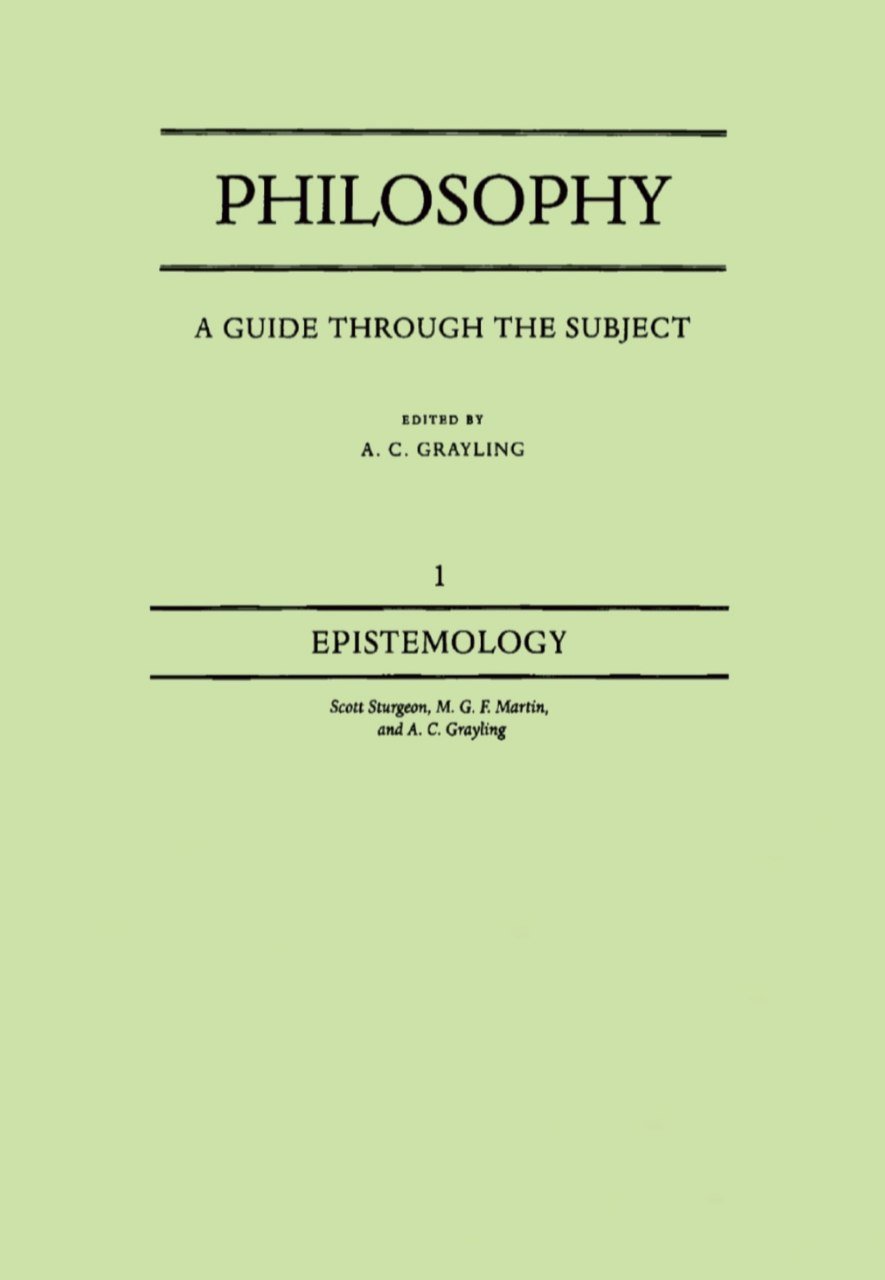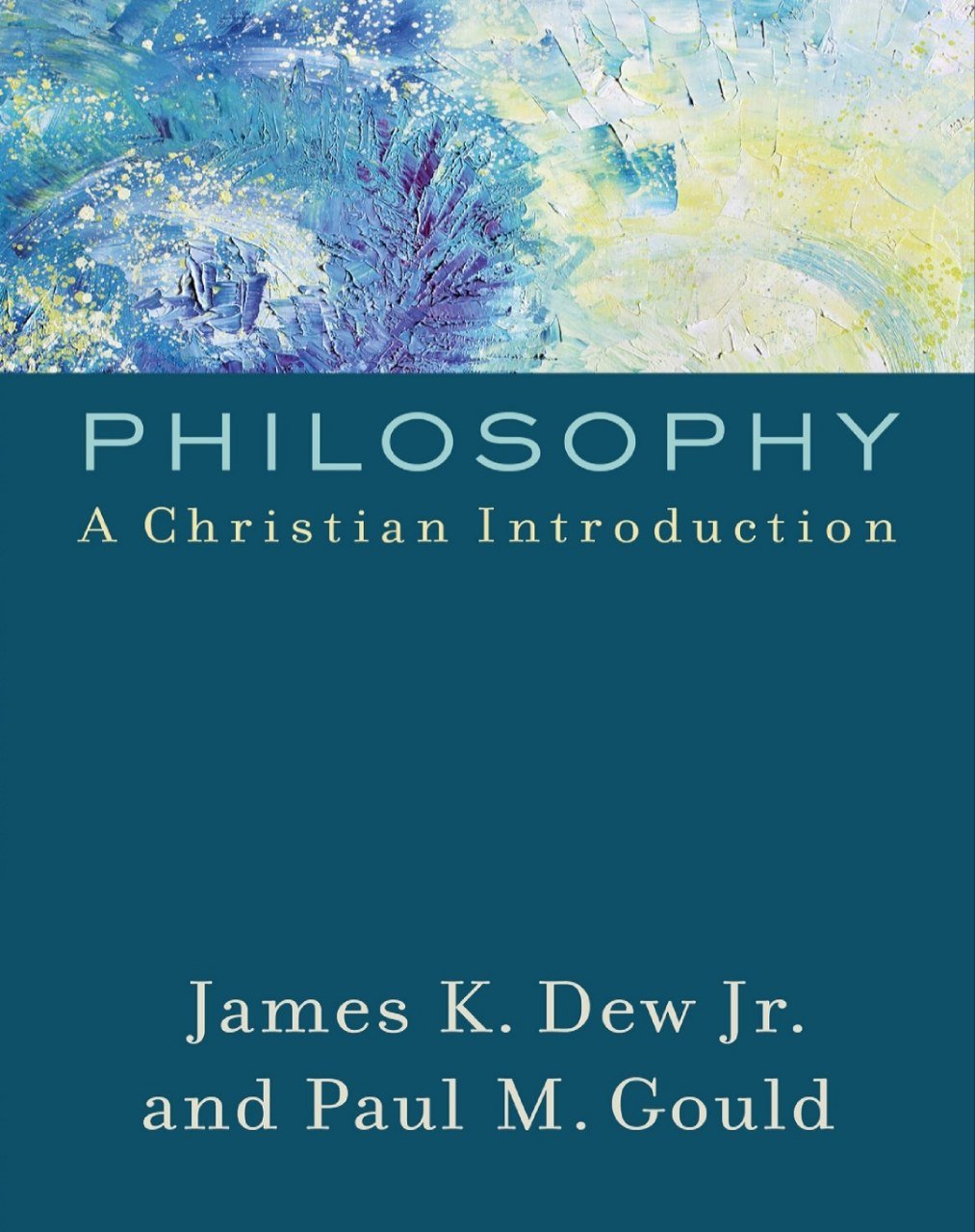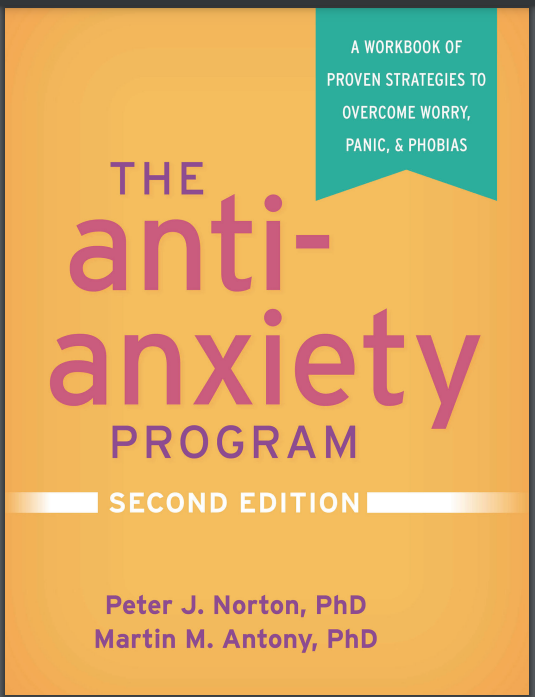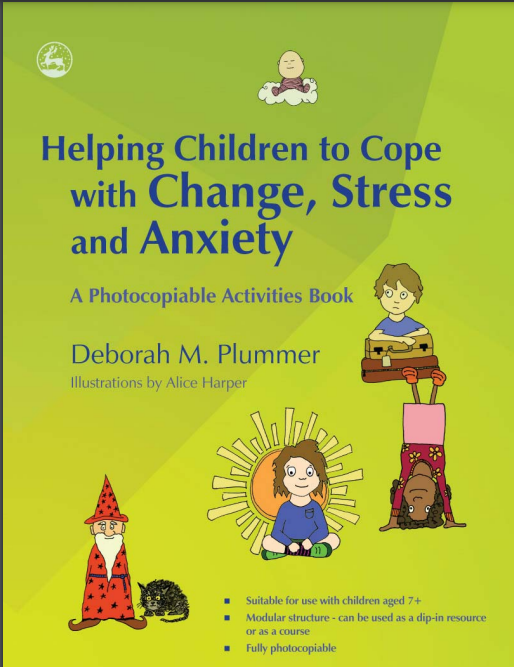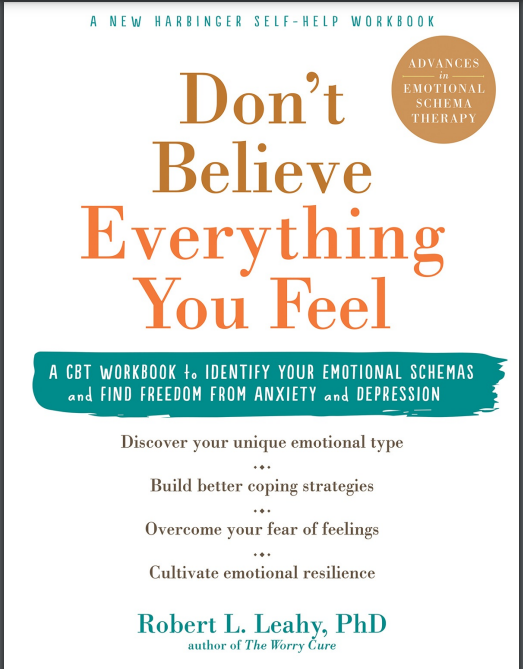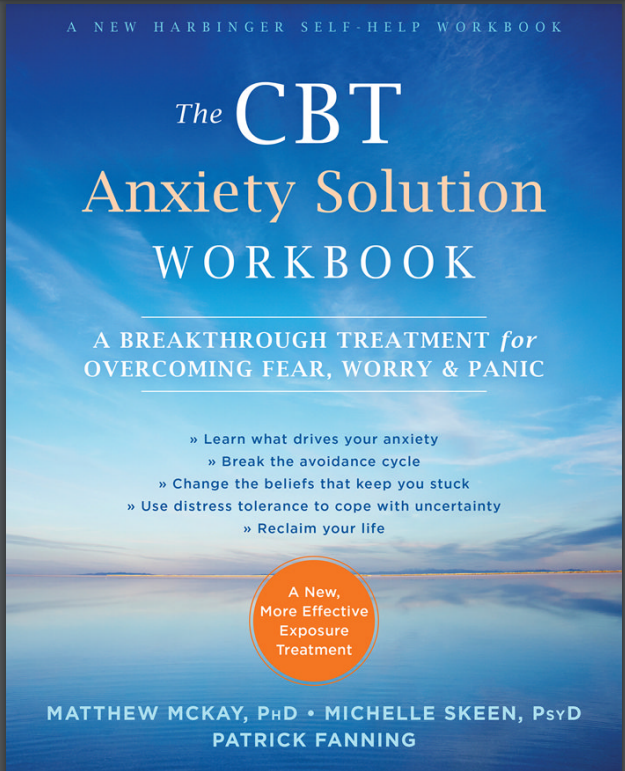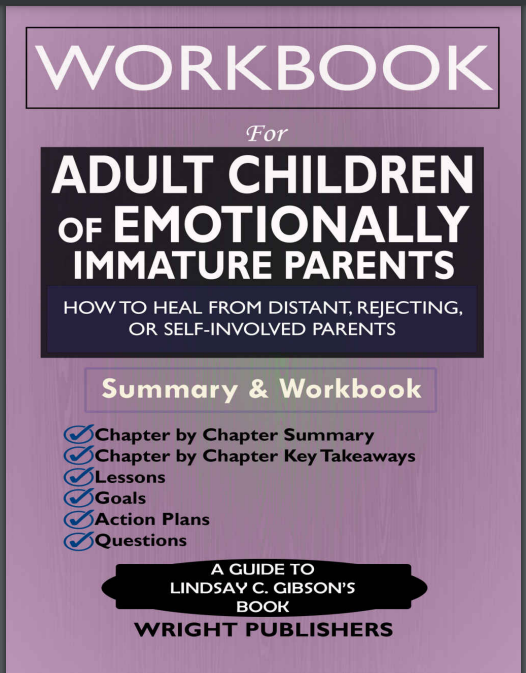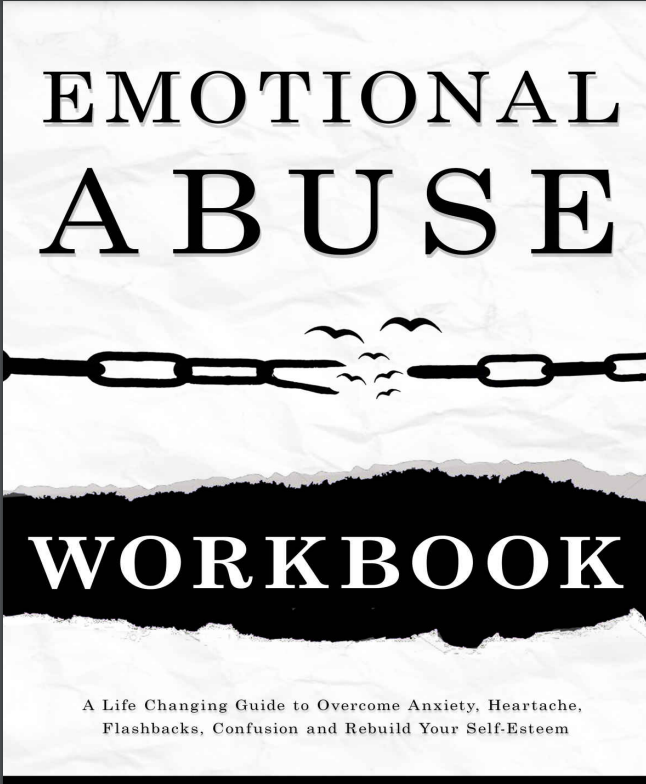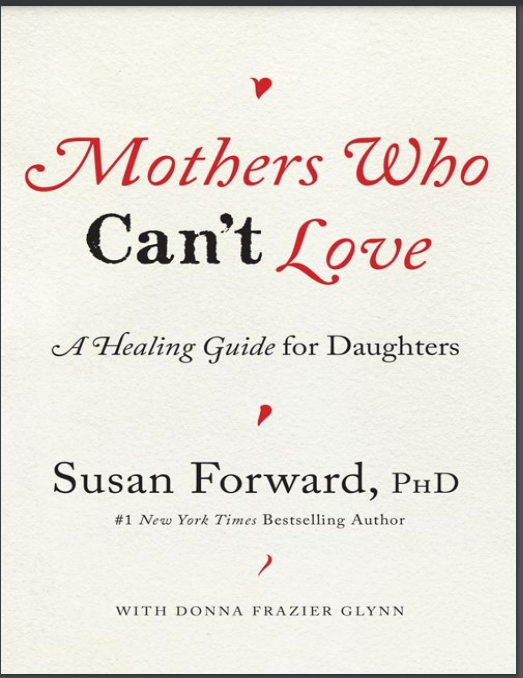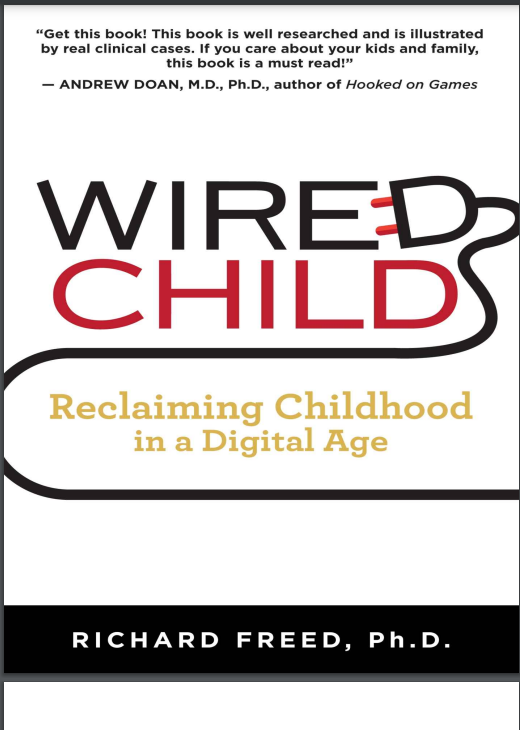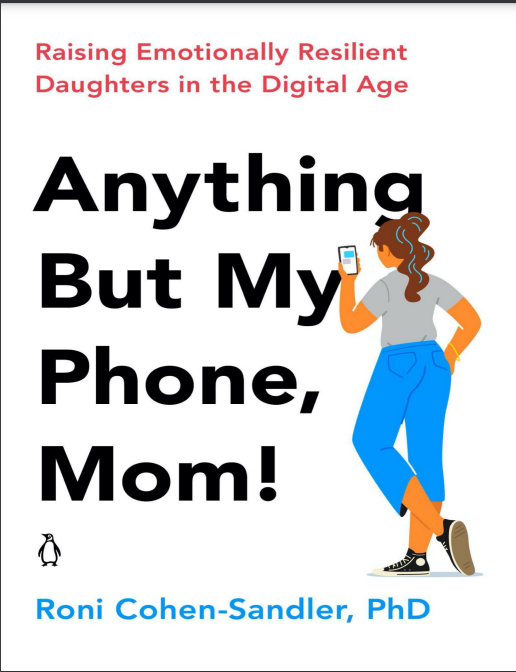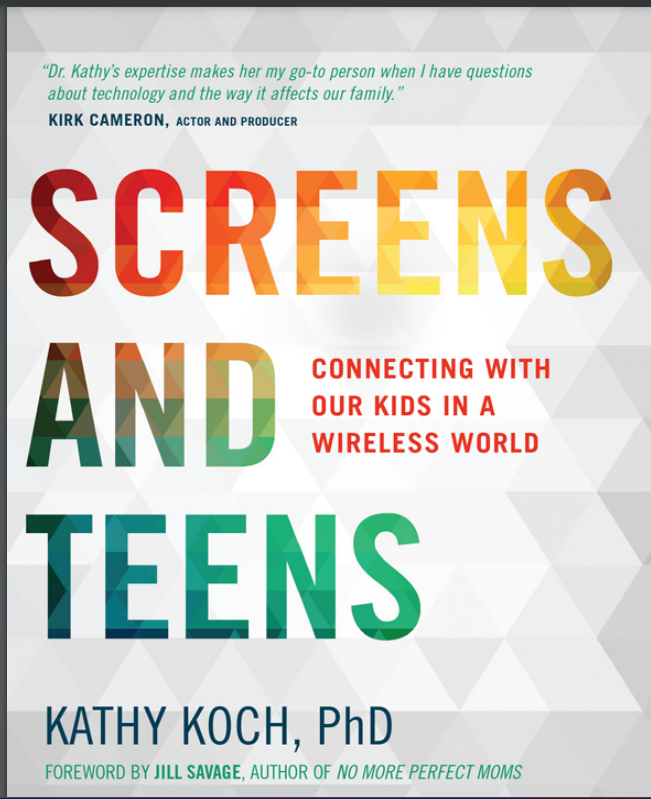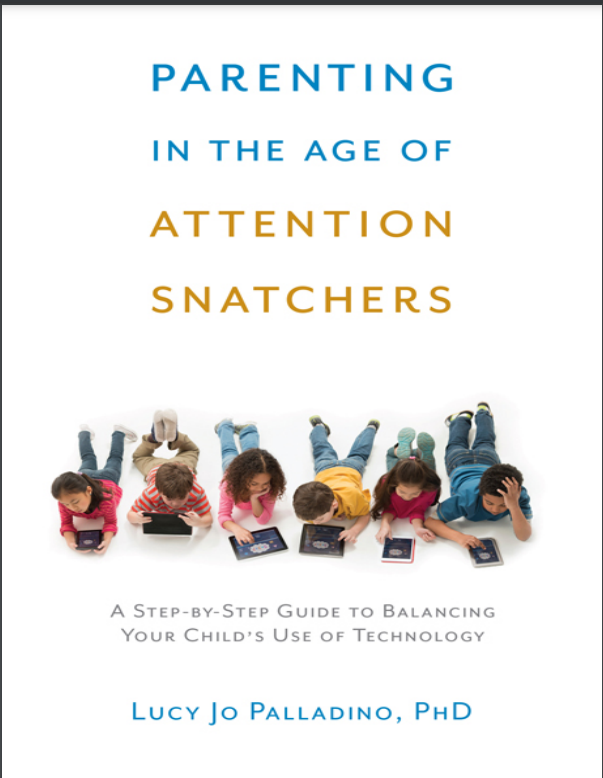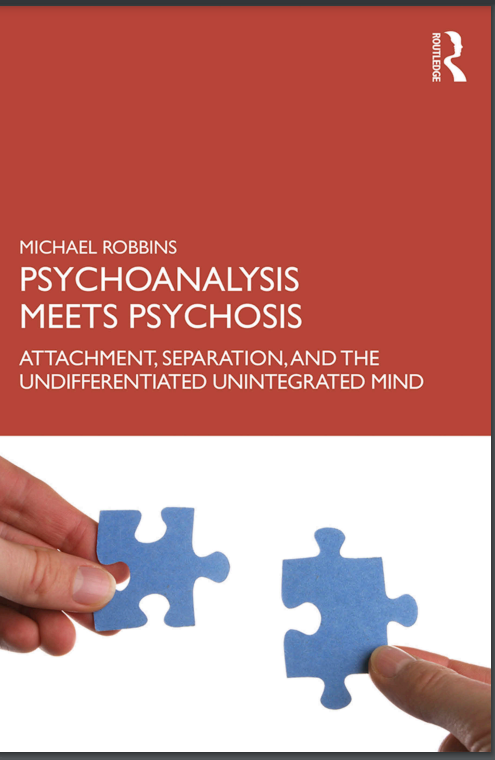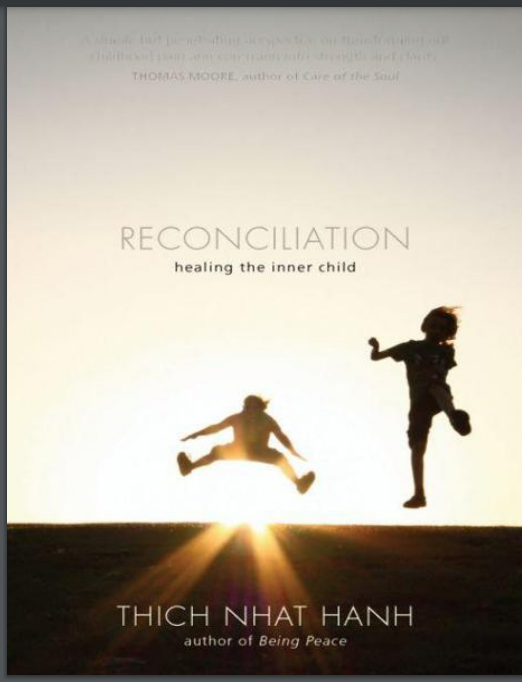

12 Crucial Problems for Psychoanalysis by Jacques Lacan
Reviews
No review yet. Be the first to review this book!
Description
12 Crucial Problems for Psychoanalysis by Jacques Lacan is a collection of Lacanian ideas and theories, in which Lacan examines central concepts within psychoanalysis. These ideas form the foundation of much of his work and contribute significantly to the development of psychoanalytic thought in the 20th century. Key Themes and Problems: The Concept of the Unconscious: Lacan revisits the Freudian notion of the unconscious, emphasizing its structural nature. For Lacan, the unconscious is not just a repository of repressed material but is structured like language. The unconscious is not an unorganized jumble of memories and desires but a systematic structure organized through symbolic language. Lacan's famous statement, “the unconscious is structured like a language,” emphasizes the importance of language and symbolic systems in forming the unconscious mind. The Mirror Stage: Lacan's concept of the mirror stage is a critical turning point in human development, which he theorizes happens when an infant first recognizes their reflection in a mirror. This moment is foundational because it marks the infant's entry into the Imaginary Order, wherein they develop a sense of selfhood and identity. However, this self-recognition is based on an illusion — the child identifies with the image but does not yet fully comprehend their body or subjectivity, creating a gap between image and self. The Imaginary, Symbolic, and Real Orders: Lacan divides human reality into three distinct orders: the Imaginary, the Symbolic, and the Real. The Imaginary relates to images and the formation of self-identity, particularly seen in the mirror stage. The Symbolic is the realm of language, culture, law, and social structures. It is through the Symbolic that we enter the world of meaning and interaction with others. The Real is what lies beyond the Symbolic and the Imaginary. It represents that which is inaccessible to language and thought — it is what cannot be fully symbolized or understood, often manifesting in trauma or experiences of lack and desire. Desire and Lack: Lacan argues that human desire is rooted in a fundamental lack. This lack originates from early childhood, particularly the inability to fully integrate into the Symbolic order (through language and social norms). Desire is not simply the longing for something concrete but is the expression of this ontological lack. Lacan’s notion of desire is intricately tied to the objet petit a, the unattainable object that perpetually drives the subject’s desires without ever being fully realized. The Role of the Phallus: In Lacanian psychoanalysis, the Phallus is not understood as a literal object but as a symbolic signifier of power, authority, and desire. It plays a central role in the formation of gender identity and the subject's relationship to lack. The phallus is central to the subject’s sense of incompleteness and how they relate to others in terms of desire and power. The Law and the Symbolic Order: Lacan addresses the concept of law and its relation to the Symbolic. The subject’s entry into the Symbolic Order is akin to submitting to the Law—the law of language, culture, and society. This entry marks a crucial shift from the pre-symbolic world of pure need and fantasy to the world of structured meaning and interaction with others. The law represents the social constraints that shape and define our desires, actions, and identities. Castration and the Oedipus Complex: Lacan’s interpretation of the Oedipus complex focuses on how the child relates to the father and the mother in terms of desire. Lacan reinterprets Freud’s Oedipus complex through the lens of the Symbolic and castration. The idea of castration is symbolic of the child’s realization that they cannot have everything they desire (particularly the mother) and must accept the presence of the father as a symbol of societal law and regulation. The Role of the Analyst: Lacan emphasizes that the psychoanalyst must not simply interpret or fulfill the desires of the patient but must act as a witness to the patient’s unconscious processes. The analyst is a figure that facilitates the subject’s entry into the Symbolic Order, helping the patient confront and integrate their desires and fears, but not to resolve them completely. The analyst is required to remain distant and avoid fulfilling the patient’s desires to allow the subject to confront their unconscious. The Nature of the Subject: Lacan challenges traditional notions of the self or subject. For Lacan, the subject is not a unified, coherent entity but is fractured, split, and constantly in tension. The subject is divided between their conscious and unconscious selves, and this division is fundamental to human experience. Lacan asserts that this split nature of the subject is a result of their entry into the Symbolic Order and the consequent alienation it entails. The Death Drive: Lacan also addresses Freud's concept of the death drive, which he interprets as a fundamental force driving the subject towards destruction and repetition. The death drive is closely related to the repetition compulsion, where the subject returns to past trauma or conflicts in an unconscious attempt to master them, even though the trauma is unresolvable. The Role of Language in Psychoanalysis: Lacan’s work continually highlights the importance of language in shaping human experience. He posits that the unconscious is structured by language and that much of the therapeutic process involves bringing unconscious desires and fantasies into the realm of symbolic language. The role of words, symbols, and meaning is central to Lacanian analysis. Fantasy and the Subject’s Relation to Desire: Finally, Lacan emphasizes the role of fantasy in structuring the subject’s desire. Fantasy is not merely an escape or a simple daydream but serves as the framework through which the subject organizes their desires and makes sense of their relationship to the world. Fantasy often revolves around the objet petit a, the object of unattainable desire, and it is through fantasy that the subject interacts with their unconscious. Conclusion: In 12 Crucial Problems for Psychoanalysis, Lacan tackles complex theoretical questions and develops an intricate system of psychoanalysis that emphasizes the importance of the unconscious, the role of language, the fractured nature of the subject, and the symbolic and imaginary orders. His work continues to influence contemporary psychoanalysis, philosophy, and cultural theory, providing a deep and challenging framework for understanding the psyche, desire, and the construction of identity.
























.jpg)
.jpeg)

.jpg)

.jpg)









.jpeg)

.jpeg)




.jpg)










.jpg)








.jpeg)

.jpeg)




.png)



.jpg)










.jpg)


.jpg)












